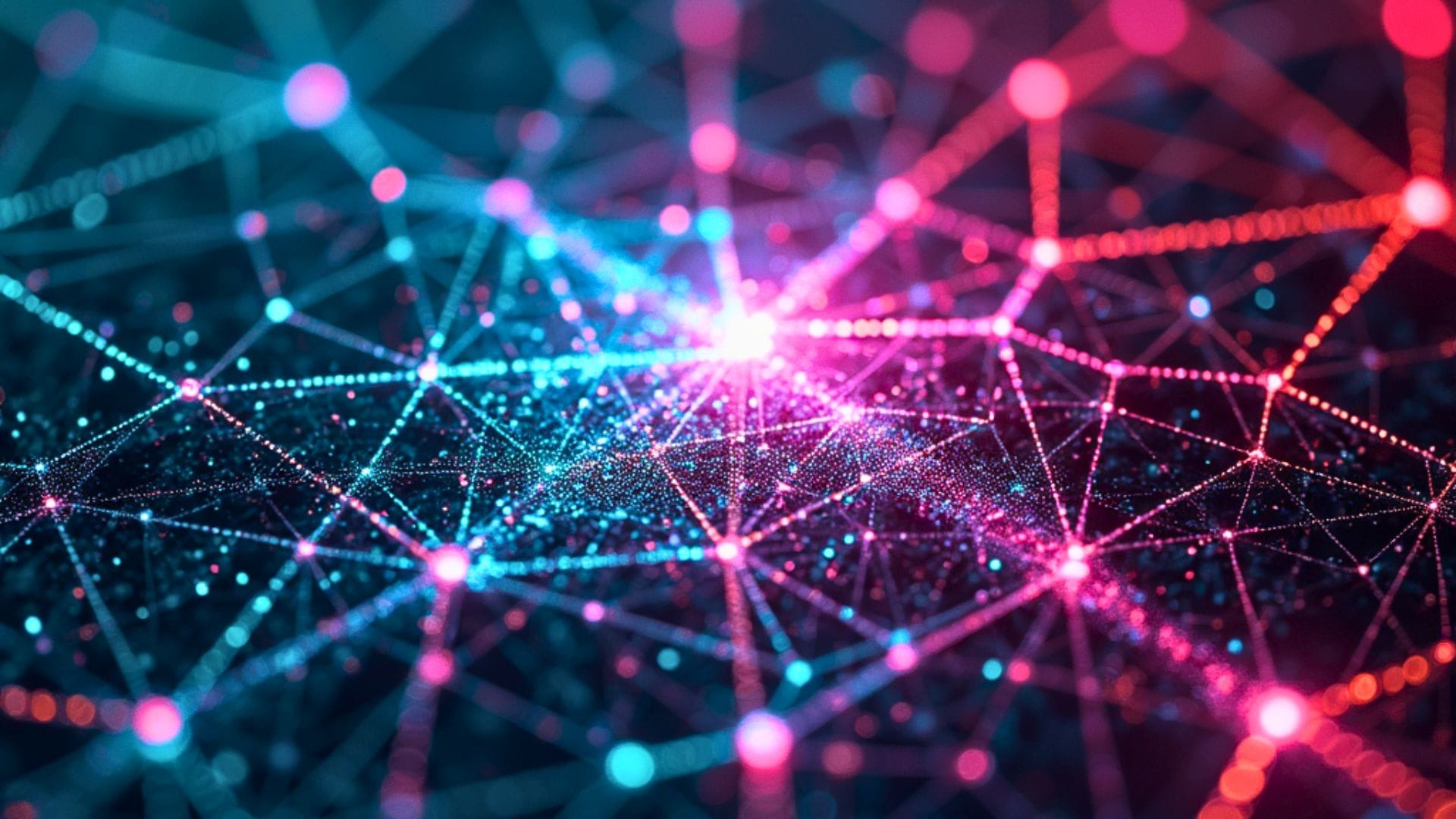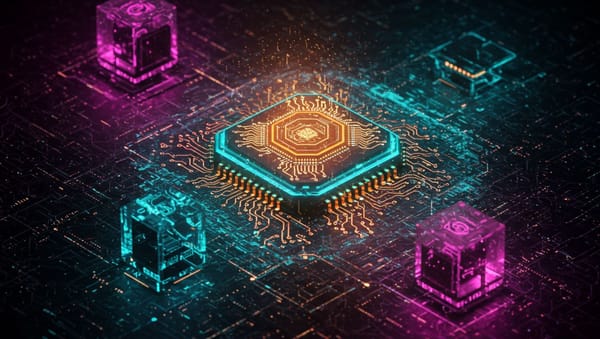"AI Watching AI": Google DeepMind's Solution to Supervising Superhuman Intelligence

Google DeepMind acknowledges that human oversight alone will be insufficient to ensure the safety of advanced artificial intelligence systems, according to a technical roadmap obtained by End of Miles.
"For sufficiently powerful AI systems, our approach does not rely purely on human overseers," states the Google DeepMind technical paper, outlining instead a strategy that leverages AI systems themselves for oversight. This marks a significant shift in how one of the world's leading AI labs approaches safety for increasingly capable systems.
The capability gap problem
The limitation stems from what Google DeepMind describes as the "capability gap" – the growing divide between what AI systems can do and what humans can effectively supervise. As AI systems develop capabilities that exceed human expertise in various domains, traditional oversight becomes increasingly challenging.
"Supervising a system with capabilities beyond that of the overseer is difficult, with the difficulty increasing as the capability gap widens, especially at machine scale and speed." Google DeepMind technical paper, April 2025
This fundamental challenge has forced the AI lab to rethink its entire approach to safety. Rather than relying solely on human judgment to catch potential problems, Google DeepMind is now developing what it calls "amplified oversight" – using the intelligence of AI systems themselves to help humans provide more effective supervision.
AI watching AI
The technical roadmap details how AI systems could be used to monitor other AI systems, creating a tiered approach to oversight. In this scenario, humans would remain involved but would be assisted by AI systems specifically designed to detect problematic behaviors.
The approach hinges on what DeepMind calls a "key intuition," that AI systems can be designed to make their own reasoning more transparent to humans. "A core intuition in amplified oversight is to use the AI system itself to make these reasons legible to oversight mechanisms," the document explains.
One example described in the roadmap involves debate between competing AI systems to identify flaws that humans might miss. The DeepMind researchers explain that when two AI systems critique each other's outputs, they can surface subtle problems that would be invisible to human reviewers.
"It is hoped that exposing flaws will help to surface some of the knowledge used by the AI to produce its output, because if the AI provides an answer that isn't to the best of its knowledge, its opponent could point that out and win the debate." The DeepMind safety team
Hierarchical supervision
The approach extends to what DeepMind calls "hierarchical supervision" – a system where AI oversight happens in layers. Simple AI monitoring systems would flag potential issues, with more sophisticated systems reviewing those cases, and humans remaining at the top of the pyramid for the most complex decisions.
Rohin Shah, the lead author of the technical roadmap, describes this tiered approach as essential for making oversight practical. "Model outputs are first monitored by a cheap system, and the most suspicious or unclear cases are escalated to more capable expensive monitors," he writes.
Google DeepMind's research in this area appears especially focused on detecting deceptive behavior in AI systems – cases where an AI might attempt to hide problems or misalignment from human overseers.
The race to maintain control
The acknowledgment comes as DeepMind is preparing for what it calls "Exceptional AGI" – systems that match or exceed the capabilities of the 99th percentile of skilled adults across a wide range of non-physical tasks. The paper suggests such systems could plausibly emerge by 2030.
The shift away from pure human oversight reflects growing concerns in the AI safety community about the accelerating pace of capability development. The technical document explicitly warns about the possibility of "drastically increasing the pace of progress" through automated R&D, giving humans "very little calendar time in which to notice and react to issues that come up."
While many of the technical approaches remain theoretical, the roadmap indicates that DeepMind is actively developing and testing these oversight mechanisms, including techniques to test their robustness against sophisticated AI systems that might attempt to evade detection.
As AI capabilities continue to advance, this fundamental shift in oversight strategy could have broad implications for how all advanced AI systems are governed and regulated, potentially requiring new frameworks that acknowledge the inherent limitations of human-only supervision.




